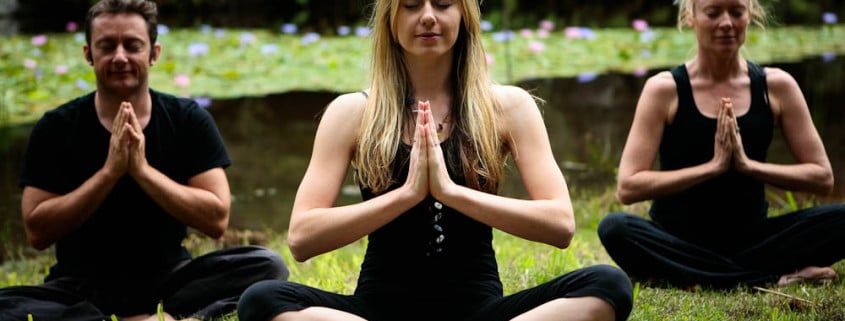Wellness Mantra Yogasadhna India
Simplify the Uncomplicated
The life has to lived fully optimally. With many dictate, manuals, inspirations. and many paths to choose from, one has to find what is suitable to one’ own self. Mindful living with positive thinking are some of the simple ways to be adapted to make it beautiful. The yogic science has a lot, which can guide us. The combination of keeping body fit, mind peaceful, and an energetic prana (life force) is the mantra of wellness.
The number five, Panch is a divine number. Five elements, five senses and five major organs and many fives make our life. Five is Panch in Sanskrit. Panch Mantra is one such platform, which devised its philosophy to give us a path to lead us to optimize our life’s fulfillment. With its philosophy as bedrock, it offers many courses and workshops for us to learn. It is an understatement, that a lot of it is borrowed from Yogic science and some new frontiers and research knowledge makes it to utilize the best way forward. A new integrative approach, a Panch Mantra Wellness comes forward with this philosophy.
The five pillars of our philosophy are proper movement, deeper breathing, adequate relaxation, wholesome fresh food, and good thoughts, create a balance in our life. These five principles need further elaboration, and further to delve deeper into it. These points are taken deeper into our discussions at our workshops crafted especially for people interested in the pursuing the finer points of happiness and to life blissfully and live deeply, each and every moment.
Meditation is another such pillar and a frontier, which scientific research is exploring aggressively, its benefits. And each day they find and compel us to adapt it into our life. The benefits are many. The essential key is that focused attention towards one’s own self and in silence gives which yet nothing else is able to provide. Meditation techniques are many and many are in the market. We at our workshops unravel the mystery of each technique and distill it to give you an understanding. Consequently, you discover the best way forward for yourself to master and enjoy its fruits shamelessly.
Dr Sadhna, Swarupa, Yoga therapist at Yoga Sadhna India
A psychologist, Naturalist and an ERYT Yoga Therapist, voices social consciousness in her lectures and inspires and guides her follower in East and West.













